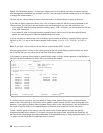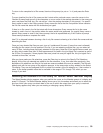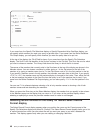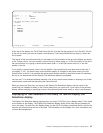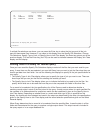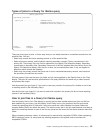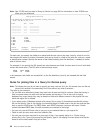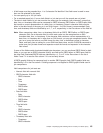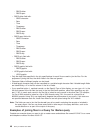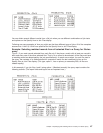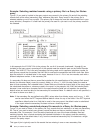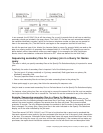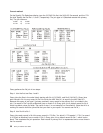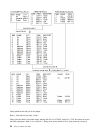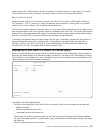- DBCS-either
- DBCS-open
– DBCS-either field with:
- SBCS character
- Date
- Time
- Timestamp
- DBCS-either
- DBCS-open
- DBCS-only
– DBCS-open field with:
- SBCS Character
- Date
- Time
- Timestamp
- DBCS-either
- DBCS-open
- DBCS-only
– DBCS-only field with:
- DBCS-either
- DBCS-open
- DBCS-only
– DBCS-graphic field with:
- DBCS-graphic
– UCS2-graphic field with:
- UCS2-graphic
v Only the data fields specified in the join specifications for each file are used to join the files. For the
purposes of joining the files, the other fields in the files are ignored.
v Character fields of different lengths can be joined.
v A fixed-length character field can be compared to a variable-length character field. Variable-length fields
are identified byaVintheDec column in the list of fields.
v If you specified option 1, matched records, on the Specify Type of Join display, you can type *ALL in the
first four spaces of the left field, but only in the first field name position, rather than specifying any join
test. If *ALL is used, each record in the first file is joined to every record in the other files. For example,
if a file of 2000 records is joined to a file of 3000 records using *ALL, the result is a joined file of
6000000 records. Using *ALL can significantly degrade the performance of your query. If join tests are
not specified between each file, those files without a test are joined using the *ALL method.
Note: The fields you use to join the files do not have to be used in selecting the records or included in
the query report. You can use those same fields in other ways in the query definition, such as for
record selection or as part of the output of the query.
Examples of joining files in a Query for iSeries query
Consider an example where you want to join a master name and address file named RESIDENTS to a name
and telephone number file name PHONELIST.
46 Query for iSeries Use V5R2



